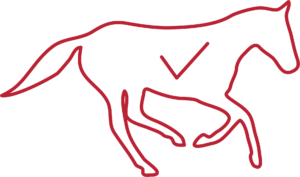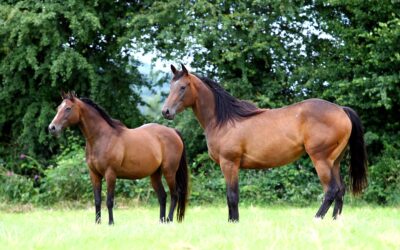EXPLORE OUR BLOG
Here you will find a lot of information to better understand performance and health measurements as well as tips about racehorse training and well-being.
LATEST ARTICLES
Christopher Head’s EQUIMETRE experience
On the occasion of a photo shoot at Christopher Head’s stables in Chantilly, we chatted about his use of EQUIMETRE.
John Ortiz’s Equimetre experience
We had the chance to talk with John Ortiz, thoroughbred trainers in the United States. He shared with us his experience with EQUIMETRE, and how he integrated it into their daily work with horses.
Breaks in racehorses: how to proceed?
The break in a racehorse is a period of rest. With performance being the key to success, the importance of a proper break for horses may arise. In this article, we will explore in detail the concept of the ‘break’ in racehorses and explain why it is a crucial element in maximising their performance.
Michael Keady’s Equimetre experience
We had the chance to talk with Michael Keady, co trainer at Murphy and Keady Racing. He shared with us his experience with Equimetre, and how he integrated it into their daily work with horses.
Tom Fanshawe’s Equimetre experience
We had the chance to talk with Tom Fanshawe, assistant trainer for James Fanshawe in Newmarket. He shared with us his experience with Equimetre, and how he integrated it into their daily work with horses.
Muscle memory in the athletic horse
During training, the horse engages what is known as his muscle memory, so that his muscles are able to carry out the effort almost automatically. However, the source of this memory is not in the muscle, but in the brain.
BROWSE AMONG OUR CATEGORIES

Equine Physiology

Testimonials

Racehorse training

Young racehorses

Health & Science

Standardbreds
EQUINE PHYSIOLOGY
No Results Found
The page you requested could not be found. Try refining your search, or use the navigation above to locate the post.
RACEHORSE TRAINING MONITORING
Racehorse VS running athlete: what role does data play in training?
Since 2007, data has spread in the high-level sports industry. So why shouldn’t the horse racing sector use data into its daily life?
Will racehorse genetics studies revolutionize the horse racing industry?
Discover studies and works realized up to this day on racehorse genetics. With our constantly improving knowledge of the subject, it might shape tomorrow’s horse racing industry.
How to individualize your racehorses’ training thanks to data?
As each racehorse is unique, training adaptation should be consistent. Thanks to data, it is now possible to anticipate and solve some problems that would be undetectable without the help of technology.
Ciaron Maher Racing: creating a Sports Science unit
Expectations, reality and results in creating a Sports Science unit in a racing stable. Discover Ciaron Maher Racing’s experience with EQUIMETRE and Arioneo.
7 reasons to train racehorses with a finish line
You want to train your racehorses with a connected finish line ? Discover 7 good reasons to adopt this technology thanks to Arioneo !
Compare two debutant horses : How to use it ?
Discover how to compare two debutants horses to enter them at the right time and on the right race. This very important step allows you to ensure the safety and performance of your racehorses.
EQUINE HEALTH & SCIENCE
What is the air quality influence on the racehorses’s performance and health?
Air quality is an important factor in the development of respiratory diseases. Small changes in daily life can have an impact on your racehorse’s health.
Pulmonary haemorrhage in the racehorse
Pulmonary haemorrhages in racehorses can have serious consequences for their health and performance. We interviewed Dr. van Erck to better understand them.
Atrial fibrillation among racehorses : impact, recurrence and consequences
Atrial fibrillation atriale is frequent among racehorses. This form of arythmia decreases a horse’s performances and endangers their health. Discover how to detect and prevent it!
YOUNG RACEHORSES MONITORING
No Results Found
The page you requested could not be found. Try refining your search, or use the navigation above to locate the post.
STANDARDBREDS TRAINING
No Results Found
The page you requested could not be found. Try refining your search, or use the navigation above to locate the post.
TESTIMONIALS
EQUIMETRE 2.0 | Our sensor’s big changes
In Equimetre 2.0, Arioneo’s Chief Technical Officer Thomas tells us about the changes made in this new sensor version.
The use of treadmills, Romane Borrione’s vision
Romane Borrione, a performance and data analyst specializing in racehorses delves into the topic of treadmill training.
Equine Data Revolution: Insights from Dr. Michelle Nihei
The 8th edition of the Cauthen Seminar, on January 22, 2023, explored the convergence of horse racing, training philosophy, and advanced data science. Dr. Michelle Nihei, a distinguished racehorse trainer and Ph.D., delivered a compelling presentation shedding light on “Hoofprints and Philosophy” – Perspectives from Racing and Training.


















